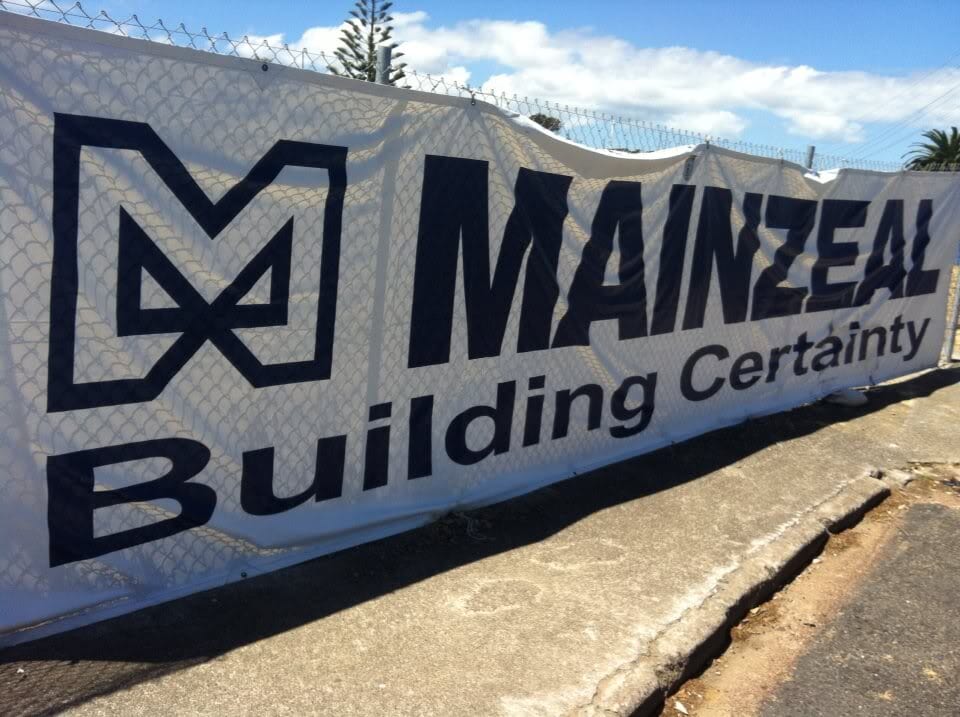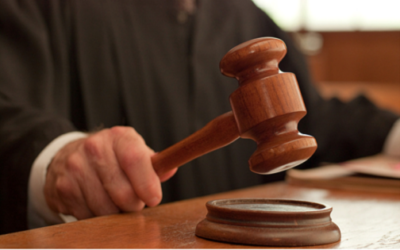Mainzeal Property & Construction Limited was placed into receivership on 6th February 2013. A year on from that, and the situation is clearer and closer to a resolution for unsecured creditors, but not by much.
Waiting for Mainzeal
After selling off Mainzeal’s assets, the company’s secured creditors will probably get their money back. However, about $70m is still owed to unsecured trade creditors, $51m of which is for work done, and $19m is retentions. Mainzeal’s liquidators are now chasing China-based shareholders over some related-party loans that were transferred to Mainzeal prior to its collapse. If the courts agree these transactions were invalid, there could be up to $70m in money available to pay Mainzeal creditors, some of which will flow to former sub-contractors who are still owed money. This action is being blocked by the related companies, but without this money, unsecured trade creditors will see very little of what they’re owed.
Prevention
Trade bodies have been lobbying the government to improve the security of payment and retentions for subcontractors. One such proposal would empower subcontractors to provide a bond instead of having retentions withheld from their payment claims. Another would make it mandatory for contracts to specify how payments will be secured. This could take the form of a separate trust account, third-party guarantees, insurance, bonds, letters of credit or liens on property.
The government is planning to amend the Construction Contracts Act, which presents an excellent opportunity to implement these changes and thereby give more protection to subcontractors. Without changes to the law, it’s very hard to see how the current “balance of power” between main contractors and their subbies can be shifted.
In the meantime, builders should consider the protection provided by Builtin’s Sub-contractors Payment Guarantee cover, which pays 75% of what’s owed to a sub-contractor when a main contractor goes bust.
Are your trailers insured?
For the purposes of insurance anything that should be road registered is considered to be a vehicle. That includes...



